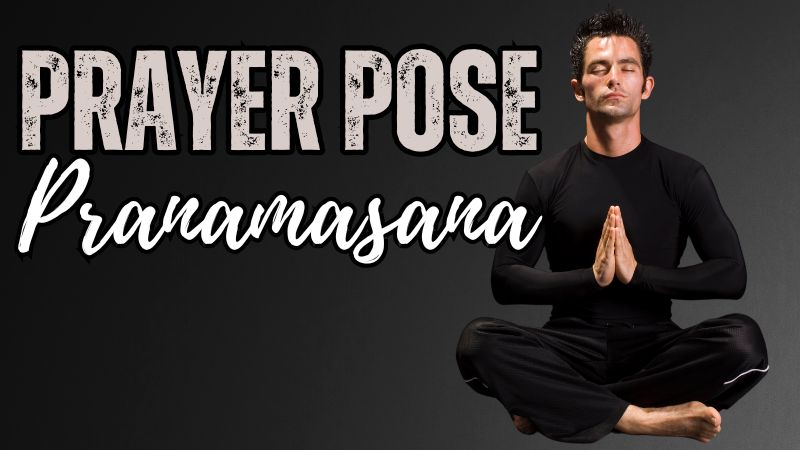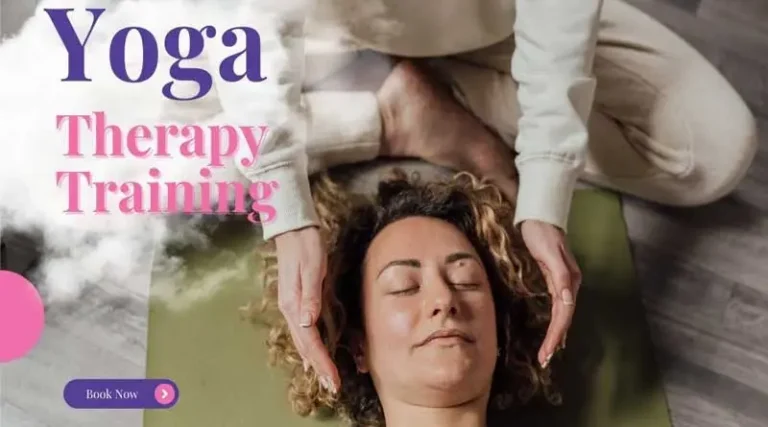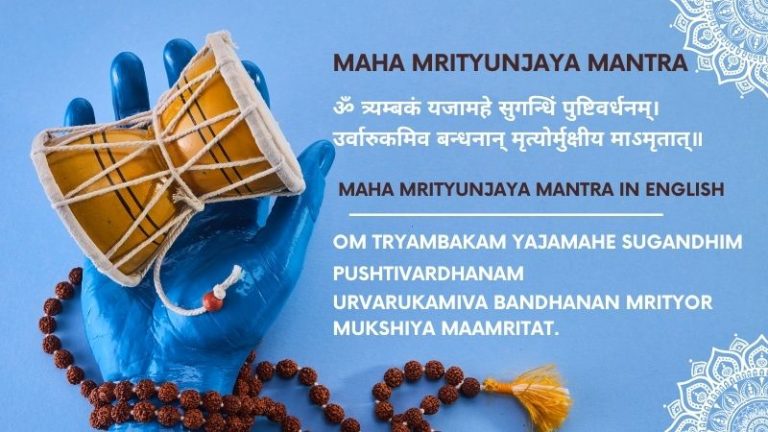
The Prayer Pose: A Gateway to Inner Peace and Connection
Prayer Pose Known in Sanskrit as “Anjali Mudra,” and hindi name Pranamasana. the Pranamasana is rich in symbolic, spiritual, and physical meaning. This straightforward yet impactful action crosses cultural and religious lines. Commonly seen in yoga, meditation, and spiritual rituals around the globe, it embodies humility, thankfulness, and the harmonious integration of body, mind, and spirit.
Prayer pose – Anjali Mudra
Essentially, the prayer pose involves bringing your palms together at the center of the chest, fingers pointing upwards, while keeping a straight spine and relaxed shoulders. Though it appears uncomplicated, this motion carries significant weight. Uniting the hands signifies the convergence of opposites—light and darkness, femininity and masculinity, body and soul. It serves as a reminder of the balance and interconnectedness that pervades all life.
Physically, this pose promotes proper body alignment. It opens the chest area, enhances posture, and increases awareness of breathing patterns. The gentle pressure created by pressing the palms together stimulates nerves, fostering a sense of tranquility and grounding. Additionally, it activates the heart chakra, known as Anahata, which relates to love, compassion, and emotional health.
On mental and emotional levels, the prayer gesture nurtures mindfulness and appreciation. When performed with purpose, it offers a moment of quiet in our hectic lives—a time to pause for introspection. This pose is often paired with affirmations or prayers, enabling individuals to connect with their inner selves or a higher power. Such connections can enhance clarity, diminish stress, and instill a sense of direction.
Pranamasana Spiritual postures of Yoga
Spiritually, the prayer gesture represents respect and devotion. It features prominently in various rituals across traditions—from bowing during prayers to honoring the divine within ourselves and others. In yoga practice, it commonly marks the beginning and conclusion of sessions, symbolizing the sacred environment fostered during practice. The term “Namaste,” often spoken while assuming this pose, means “The divine in me acknowledges the divine in you,” encapsulating the essence of mutual respect and unity.
What makes the prayer gesture particularly beautiful is its adaptability and ease of practice. Individuals of all ages, physical abilities, or spiritual beliefs can engage with it. Whether incorporated into a yoga routine, meditation session, or simply utilized as a moment of gratitude throughout daily life, this gesture has the potential to ground and uplift.
In a world rife with distractions and obstacles, the prayer gesture serves as a gentle reminder to slow down, engage with the present moment, and acknowledge the sacredness within ourselves and our surroundings. This action transcends language, culture, and religion, appealing directly to our shared human longing for peace, love, and connection. Through its practice, we are reminded of a simple yet profound reality: we are all intertwined, and within each of us lies the capacity for balance and completeness.
Benefits of the Praying Yoga Pose Pranamasana
- Facilitates a sense of tranquility and awareness.
- Supports improved posture and body alignment.
- Cultivates feelings of thankfulness, empathy, and emotional stability.
- Stimulates the heart chakra, amplifying sensations of love and connection.
- The Prayer Position serves as a global symbol of reverence, equilibrium, and togetherness.
- This straightforward yet meaningful practice can create a sense of harmony within your body, mind, and spirit.
FAQs for The Prayer Pose – Pranamasana – Anjali Mudra
1. What is the prayer pose
The prayer pose, or Anjali Mudra, involves bringing the palms together at the heart center, symbolizing unity and balance between body, mind, and spirit.
2. What are the benefits of practicing the prayer pose
Practicing the prayer pose promotes physical alignment, enhances posture, encourages mindfulness, reduces stress, and fosters emotional well-being by activating the heart chakra.
3. Can anyone practice the prayer pose?
Yes! The prayer pose is accessible to everyone, regardless of age, physical ability, or spiritual background. It can be integrated into various practices like yoga and meditation.
4. How can I incorporate the prayer pose into my daily routine?
You can practice the prayer pose during meditation, as a moment of gratitude before meals, or simply as a way to ground yourself during stressful situations throughout the day.
5. Is the prayer pose associated with specific religious practices?
While the prayer pose is used in many spiritual and religious traditions, it transcends cultural boundaries and can be practiced by anyone seeking inner peace and connection.
6. What does “Namaste” mean when said in conjunction with the prayer pose?
“Namaste” translates to “The divine in me honors the divine in you,” reflecting mutual respect and unity among individuals when performing the prayer pose.
7. How does the prayer pose impact mental health?
The prayer pose fosters mindfulness and gratitude, helping to reduce anxiety and promote clarity of thought, which can lead to improved overall mental well-being.
8. Can I use affirmations while in the prayer pose?
Absolutely! The prayer pose is often accompanied by affirmations or intentions, allowing practitioners to deepen their connection with themselves or a higher power during practice.




